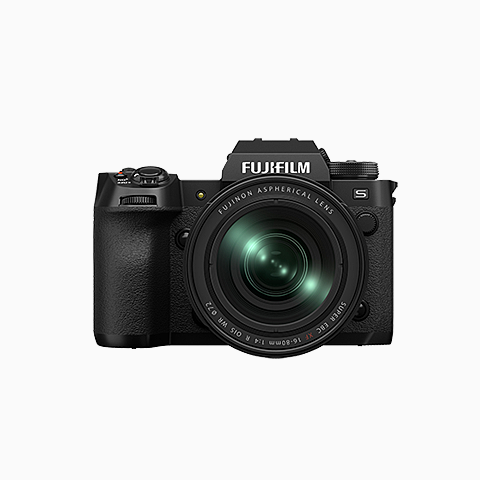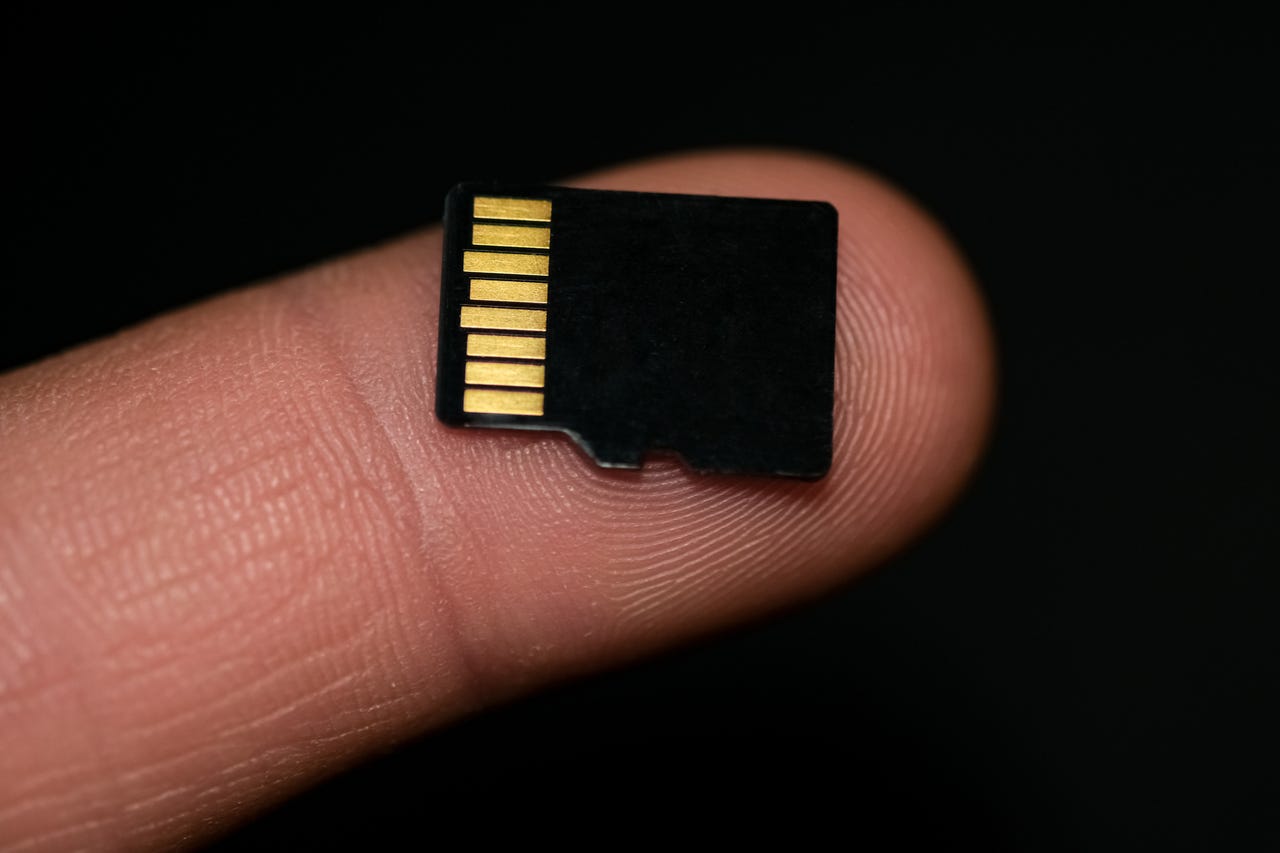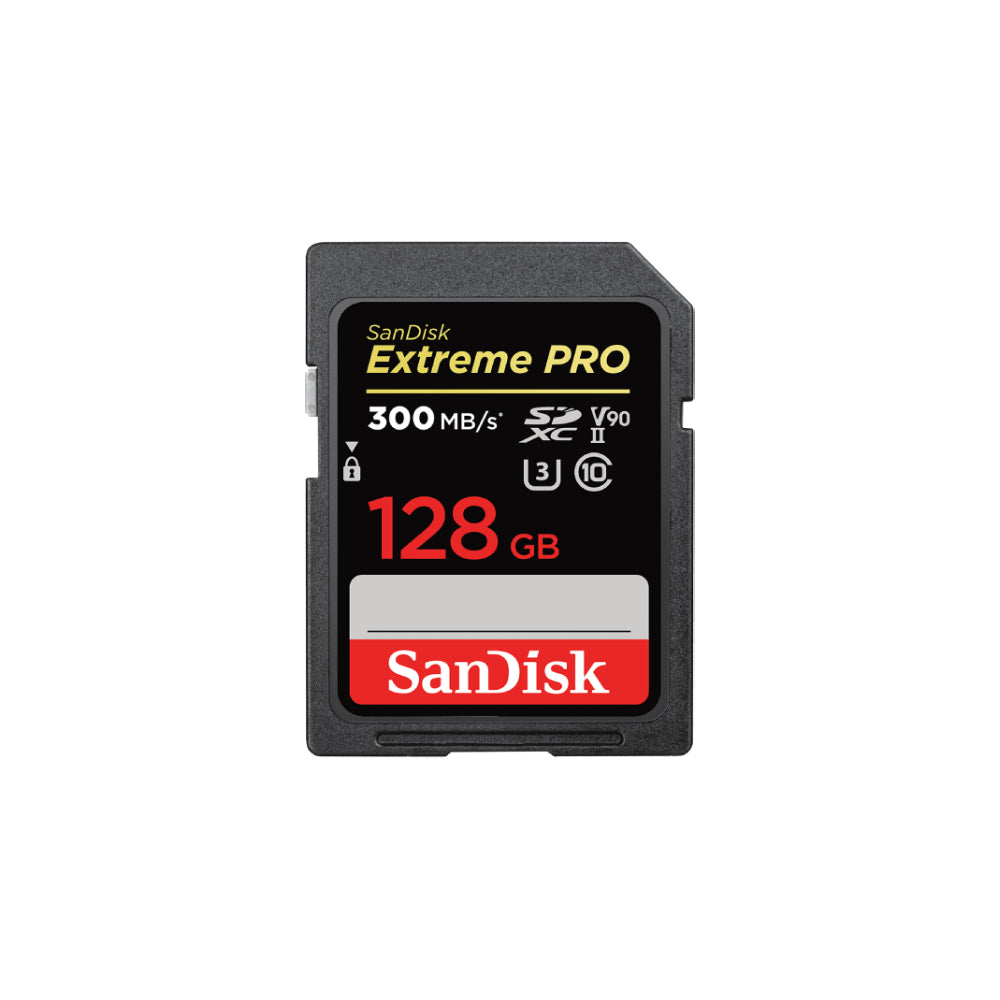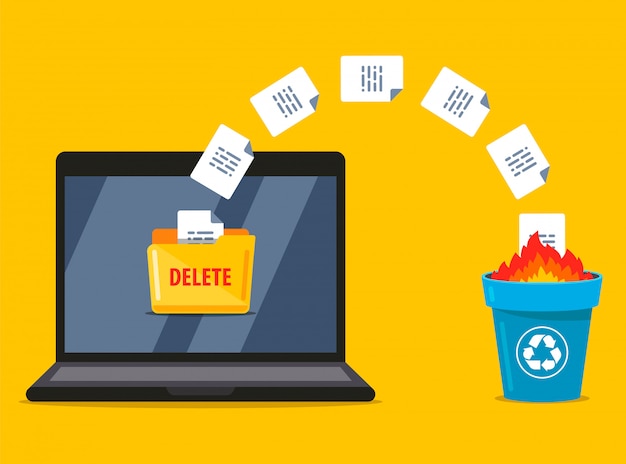
Photo by Clker-Free-Vector-Images on Pixabay
## Introduction to data recovery on Mac
In today’s digital age, data is invaluable. From personal memories captured in photographs to intricate databases that fuel businesses, losing data can be a nightmare. Hence, understanding the nuances of data recovery, particularly on Mac, is crucial. I have been working with Macs for over a decade, and I can tell you that MacOS is robust, but not invincible. While data recovery on Mac is often seen as complicated, it is in fact a straightforward process if approached with patience and the right tools.
Like all modern operating systems, MacOS is equipped with built-in tools and features to assist with data recovery. However, these tools can often fall short when dealing with more complex problems such as a corrupted USB drive. In such situations, understanding the nature of the problem and having a step-by-step guide can make all the difference. In this article, I aim to provide you with just that.
Understanding what a corrupted USB drive is
A corrupted USB drive is essentially a storage device that your Mac can’t read or write due to various issues. These issues could range from logical problems, like file system corruption, to physical damage. It’s like a locked room where the key is missing or broken. It’s still there, but you can’t access it.
Corruption can happen without warning, leaving you frustrated and scrambling to recover precious data. Despite this, it’s important to remain calm and approach the problem systematically. Understanding the causes and symptoms of a corrupted USB drive can help you diagnose the issue and take the appropriate steps to fix it.
Common causes of USB corruption
USB corruption can stem from various causes. One of the most common is improper ejection. Just yanking out the USB drive from your Mac can lead to data corruption. It’s a bit like trying to remove a cake from the oven while it’s still baking; you’re bound to make a mess.
Another common cause is power surges. A sudden influx of power can fry the circuits in your USB drive, causing damage to both the drive and the data it contains. Lastly, malware or virus attacks can also corrupt your USB drive. These malicious programs can alter or delete important system files, rendering the drive unreadable.
Symptoms of a corrupted USB
Recognizing the symptoms of a corrupted USB drive can help you take timely action. One tell-tale sign is when your Mac fails to recognize the USB drive. You might also receive error messages when trying to open files or notice that some files are missing altogether. In some cases, the drive might show up on your Mac, but you’ll be unable to access or write data to it.
Verifying if your USB drive is corrupted on Mac
Verifying a corrupted USB drive on Mac is fairly straightforward. You can use the Disk Utility tool to check for errors. This tool scans the drive for issues and reports any that it finds. If Disk Utility finds errors that it can’t fix, it’s a clear sign that your USB drive is corrupted.
Options to fix a corrupted USB drive on Mac
When it comes to fixing a corrupted USB drive on Mac, you have several options. You can use the built-in Disk Utility tool to repair the drive. If that doesn’t work, you can try formatting the drive. However, please note that formatting will erase all data on the drive. If the data is important, you might want to consider using a data recovery tool before formatting.
Step-by-step guide to repair a corrupted USB drive on Mac
Repairing a corrupted USB drive on Mac involves a few steps. First, connect the USB drive to your Mac. Then, open Disk Utility and select the drive from the sidebar. Click on “First Aid” and then “Run”. Disk Utility will then attempt to fix any issues it finds. If Disk Utility can’t repair the drive, your next option is to format it.
How to recover data from a corrupted USB drive on Mac
Recovering data from a corrupted USB drive on Mac might seem daunting, but it’s actually quite feasible with the right tools. I recommend using RecoveryMaster, a robust data recovery tool for Windows and Mac. It can recover lost or deleted photos, videos, and over 1000 other file types from various devices, including USB drives.
Recommended tools for USB drive repair and data recovery
While there are numerous tools available for USB drive repair and data recovery, my personal favorite is RecoveryMaster. It’s simple to use, powerful, and supports a wide range of file types. Furthermore, it works well with various devices, including HDD, USB, SD Card, and crash computers, making it a versatile tool for any data recovery needs.
Preventive measures to avoid USB drive corruption
Prevention is always better than cure, and this holds true for USB drive corruption as well. Always eject your USB drive properly. Protect your devices from power surges with a surge protector. Keep your Mac’s software up-to-date and install a reliable anti-virus program to guard against malware.
Conclusion
Dealing with a corrupted USB drive can be stressful. However, with a solid understanding of the problem and a systematic approach, you can fix the issue and recover your data. Remember, if all else fails, tools like RecoveryMaster are there to help you out. So breathe life back into your USB drive and ensure your data stays safe and accessible.




Leave a Reply